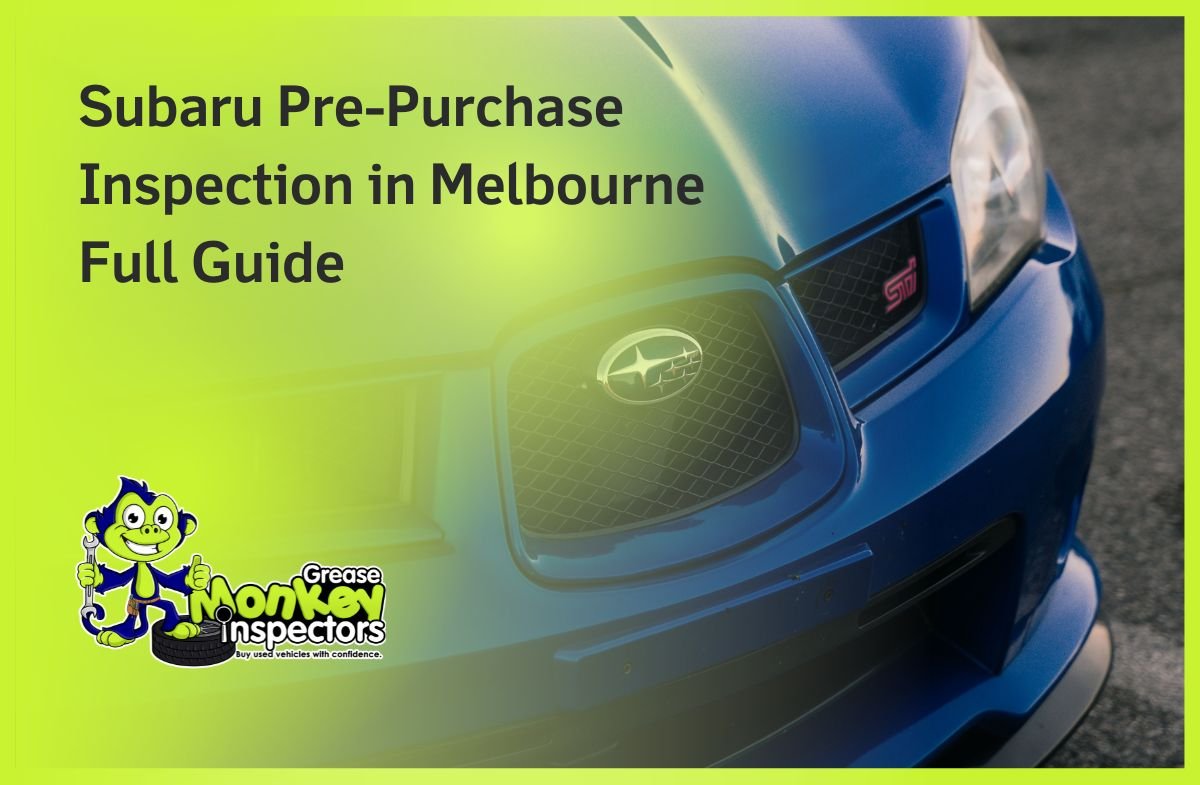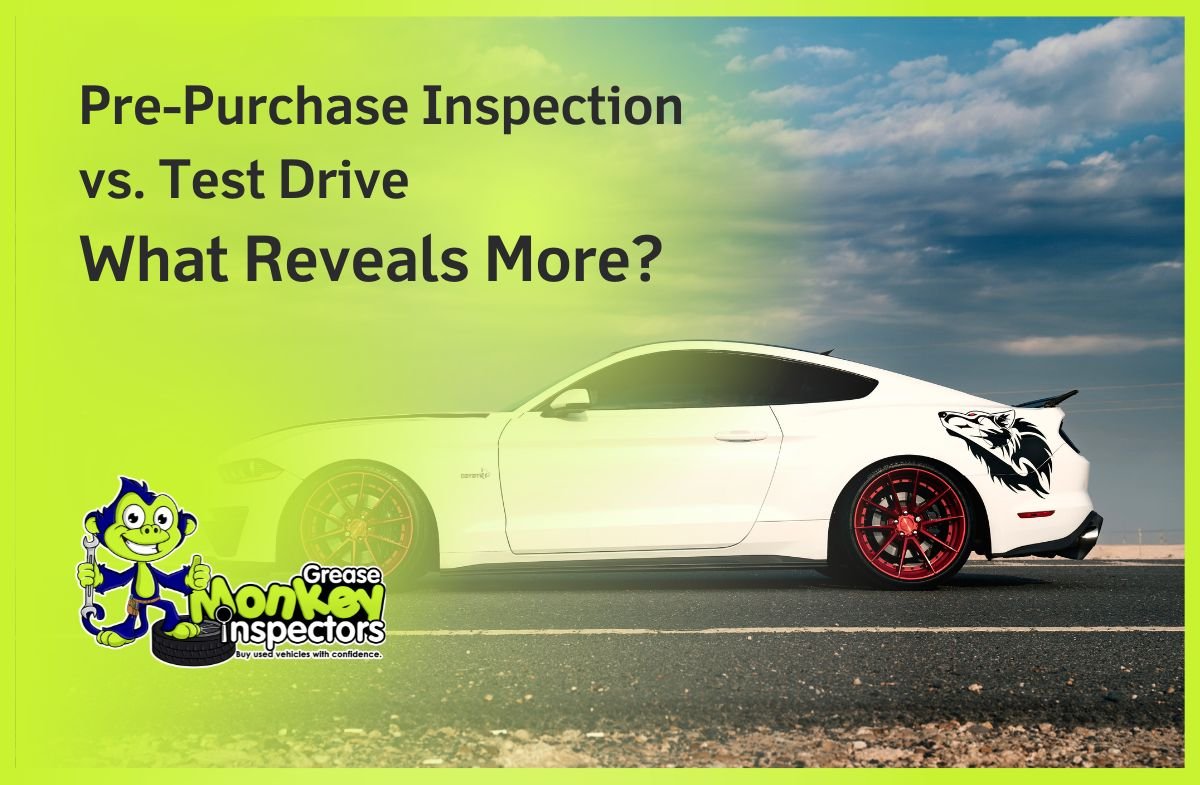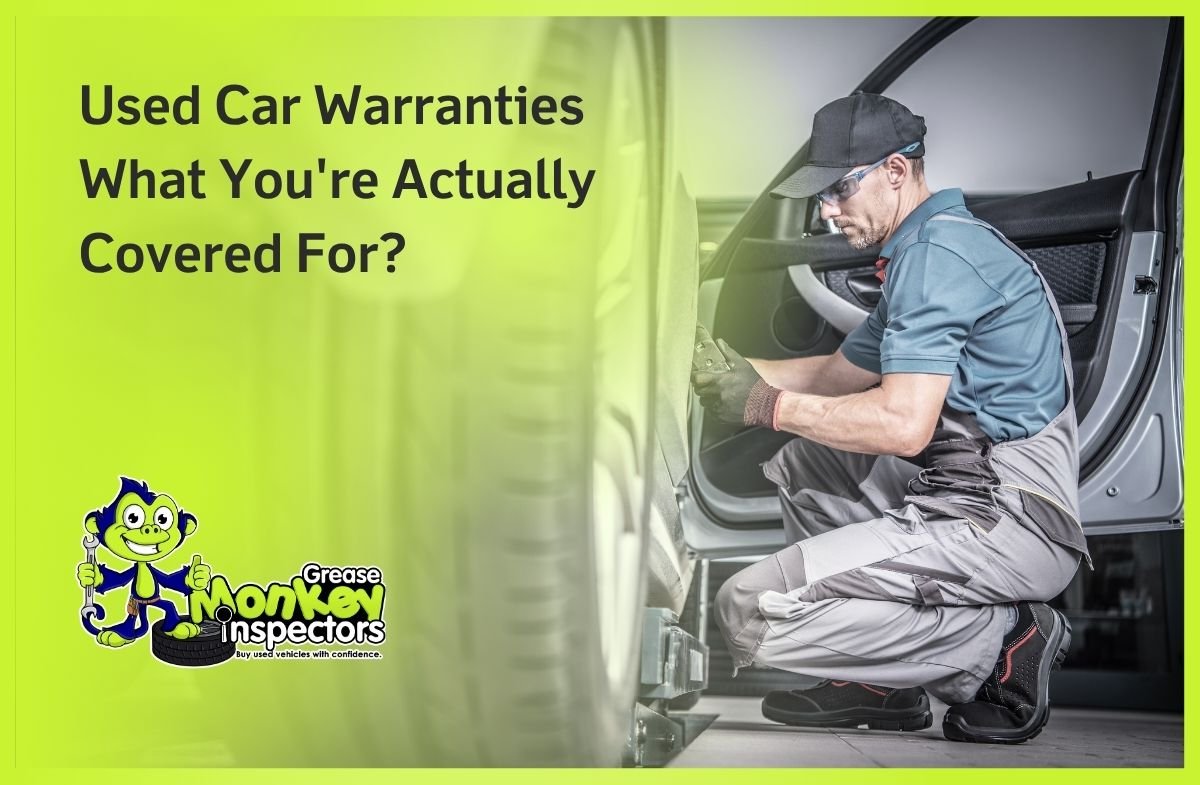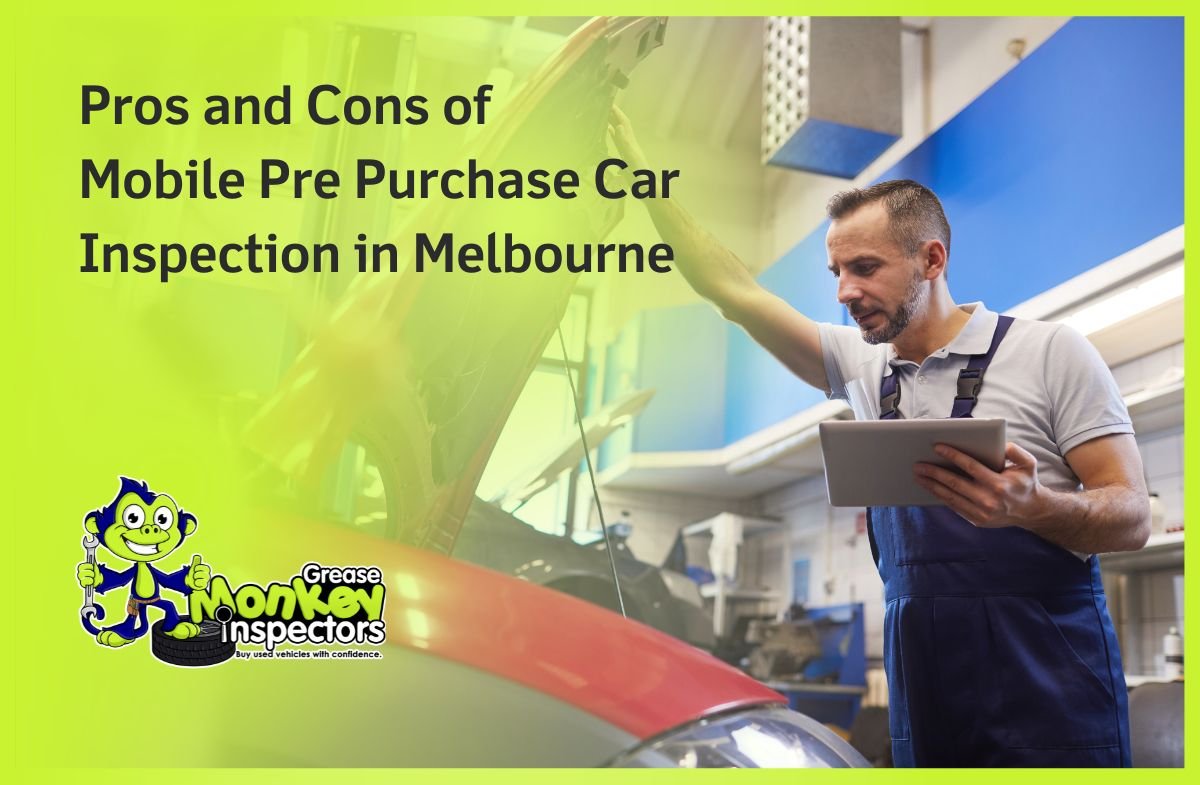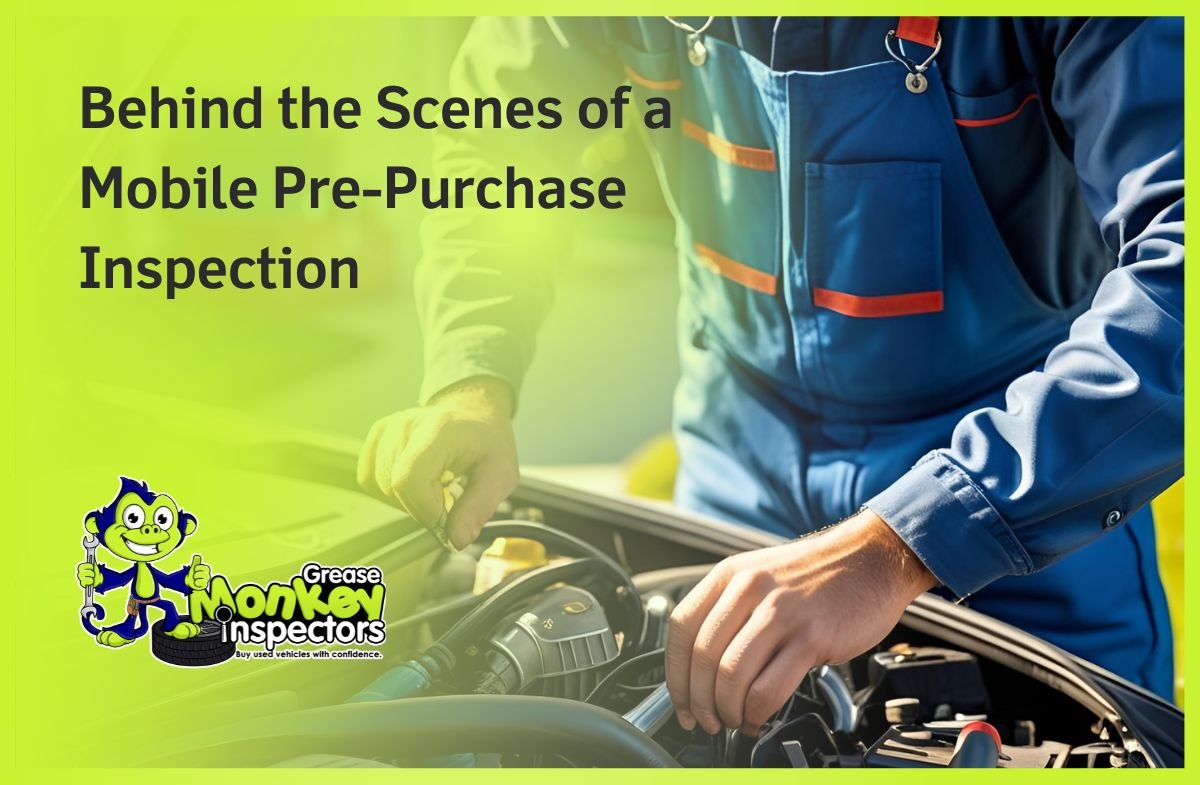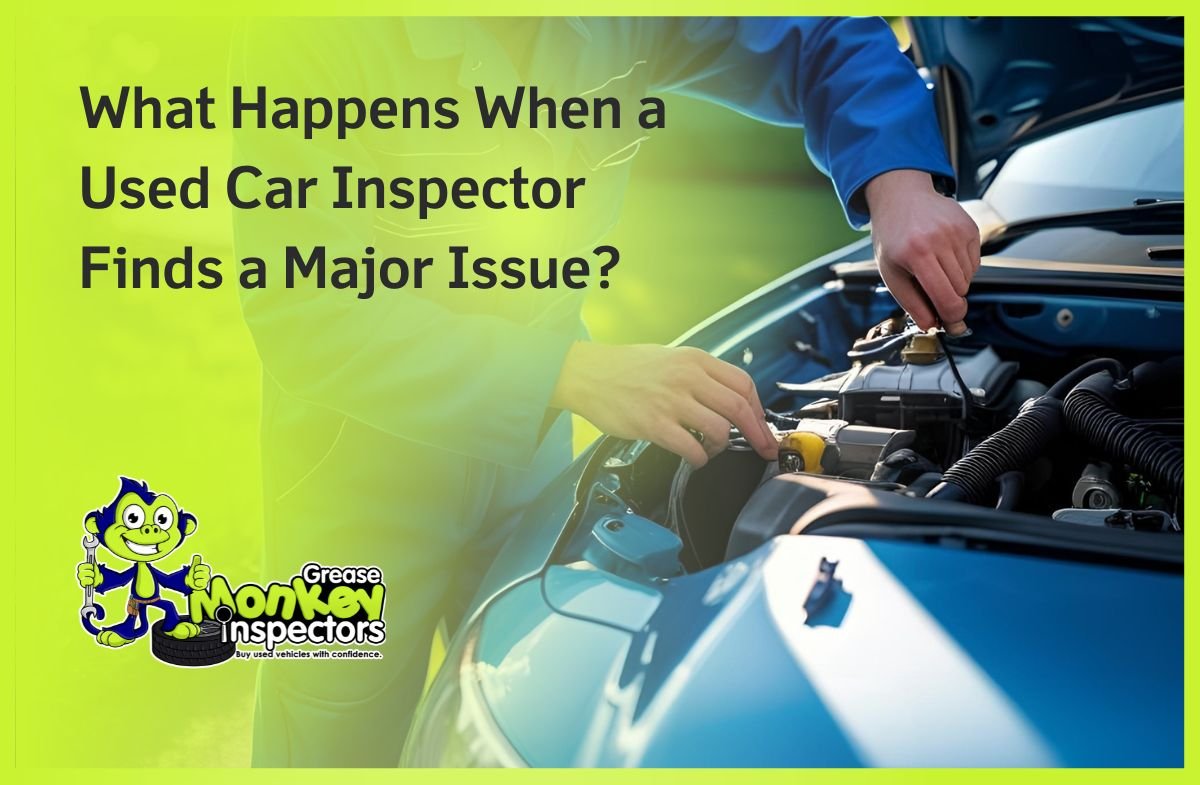Getting a Subaru pre-purchase inspection is a smart move when buying a used Subaru in Melbourne. A good inspection can uncover things that are hidden and save you thousands down the road. Let’s dive deep.
Why Get a Pre-Purchase Subaru Inspection?
Subarus are known for their reliability. But like any car, they can develop problems over time. Common issues include head gasket failures, CVT transmission troubles, and worn-out suspension parts. These aren’t always obvious during a test drive. But fixing them can be expensive.
A Subaru inspection helps you spot these problems before you commit. With this information, you can negotiate a better deal or walk away from a car that’s more trouble than it’s worth. That is why you need a professional and their expert insights.
What Do Inspectors Look At?
Subaru pre-purchase inspections Melbourne cover all the critical parts of the car. Experienced technicians check the engine for head gasket issues, oil leaks, and the timing belt’s condition.
CVT transmissions get a close look too as they’re known to have early failure signs.
Good inspectors will also inspect the brakes, suspension, and electrical systems. They also dig into the car’s history to check for things like accident damage or flood exposure that the seller might not mention. To top it off, inspectors take the car on a road test to see how everything performs in real-world driving.
Secure Your Subaru Purchase Today
Second-hand Subarus are great cars when you know what you’re getting into. A pre-purchase inspection gives you the knowledge and confidence to make the right decision.
We at Greasemonkey Inspectors specialise in Subaru pre-purchase inspections in Melbourne. Our team knows exactly what to look for and provides detailed reports within hours.
Book your inspection today and drive off with peace of mind knowing your Subaru is in great shape!

